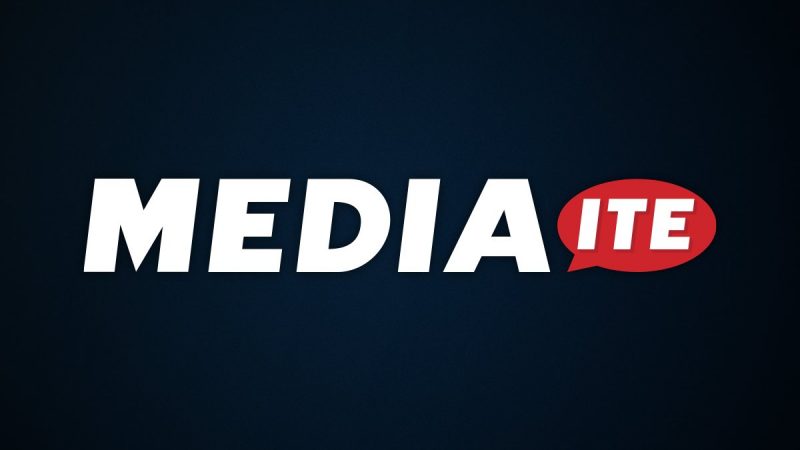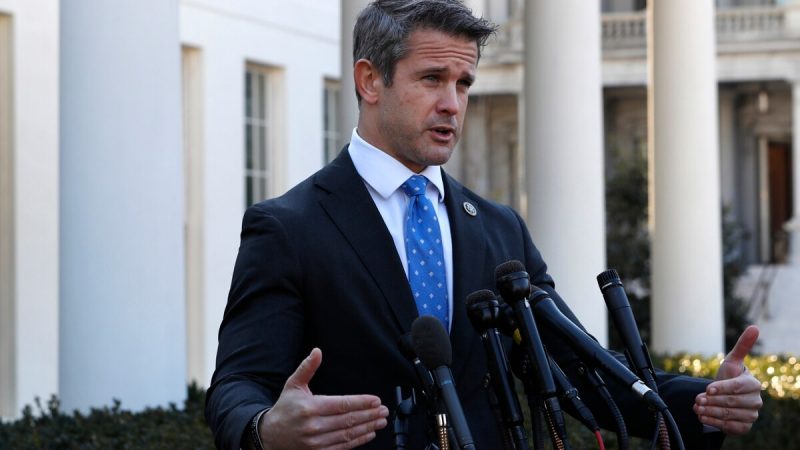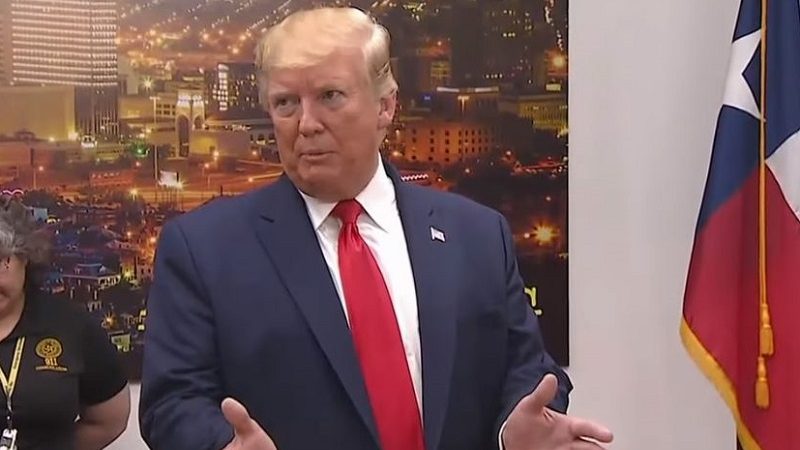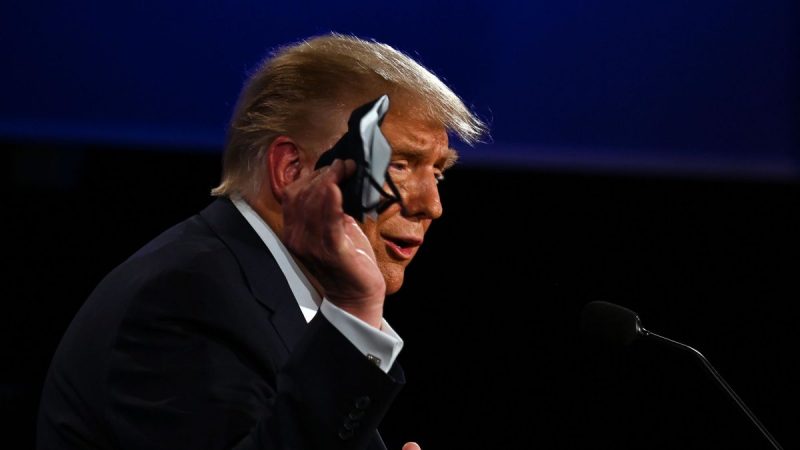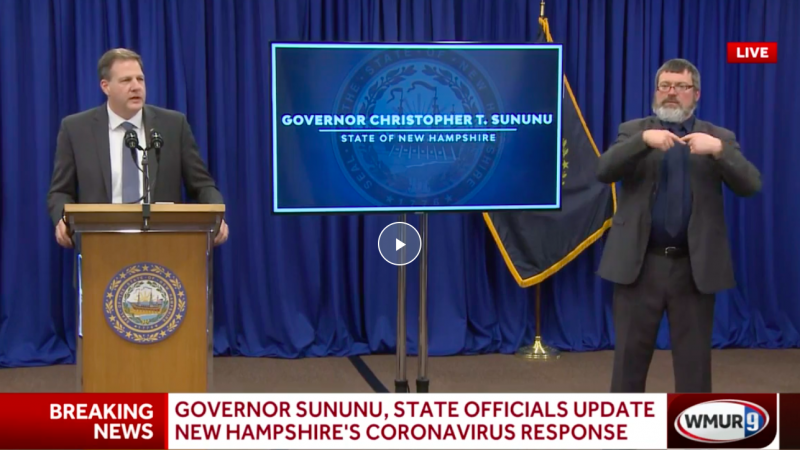Women’s Equality Day: Welcome To The “New Normal” Of The Voting Public

Wednesday, August 26th is Women’s Equality Day, commemorating the 19th amendment which secured women the right to vote in 1920. I won’t blame you for not being aware of that – after all, it’s also apparently National Dog Day, which is the number one trending topic on Facebook and Twitter as I write this, so I guess that’s pretty important.
However, Women’s Equality Day actually celebrates something tremendous – think about the fact that suddenly, half of the US population was able to participate in elections. Though this sentiment may have been at the forefront of the male voters’ minds at the time, we often forget in today’s world of so-called “post-gendered rights” that female voters still occupy a social space that is left out of the public narrative. In a media climate where women are consistently underrepresented, both as active voices (women represent no more than 28 percent of newsroom presence in the past 15 years), and in third-party representation (43% of all movies last year failed the Bechdel Test), it’s easy to lose sight of that large and ever-more-active voting base.
Why is this important right now? Well for one, looking back to our last presidential election in 2012 the gender gap between voters was the largest Gallup has ever recorded, and they’ve been keeping track since 1952. According to the poll, Obama won by 12 points among women voters while Romney had an 8-point lead among men, totaling a 20-point gap. Women voters were key to getting President Obama to the White House, even amidst widespread opinion that he was unelectable.
This election season, we are likely to see even more pronounced gap between male and female voters as the last few years have seen a rise in Feminist engagement and the resultant pushback from Men’s Rights groups. However, the “dark horse” of the female vote is a powerful one — after all, the female category statistically encompasses many minorities, yet is similarly de-emphasized in national discussion and ignored or denied by the majority of candidates. Most of this season’s presidential hopefuls– including female candidates like Carly Fiorina and Hillary Clinton – either hedge the issue of reproductive rights such as abortion, birth control and Planned Parenthood funding or outright state that they plan to defund/deny these services, despite the fact that polls show these to be women voter’s top priorities in swing states. (Some exceptions to this include Lincoln Chaffee, Bernie Sanders, Martin O’Malley, and Jill Stein). Women have also consistently constituted more of the percentage of active voters since 1980.
What’s more, studies show that women’s economic status has a lot to do with her voting habits. Women dependent on a husband financially are more likely to follow his suit in political preferences – but lately we’ve seen a dramatic rise in female breadwinners, now estimated to be the case in 40% of families.
So this Equality Day, let’s wake up from the dream and take a long, hard look at the real social landscape of the voting base. And once we do, it’s not hard to see that it’s time to pay some actual fucking attention to what women voters want. This may be a hard-earned lesson for the 2016 candidates who feel they need to play by the old rulebook and appeal to male voters and heads-of-household – because the simple fact is, that’s changed faster than anyone likes to admit.


